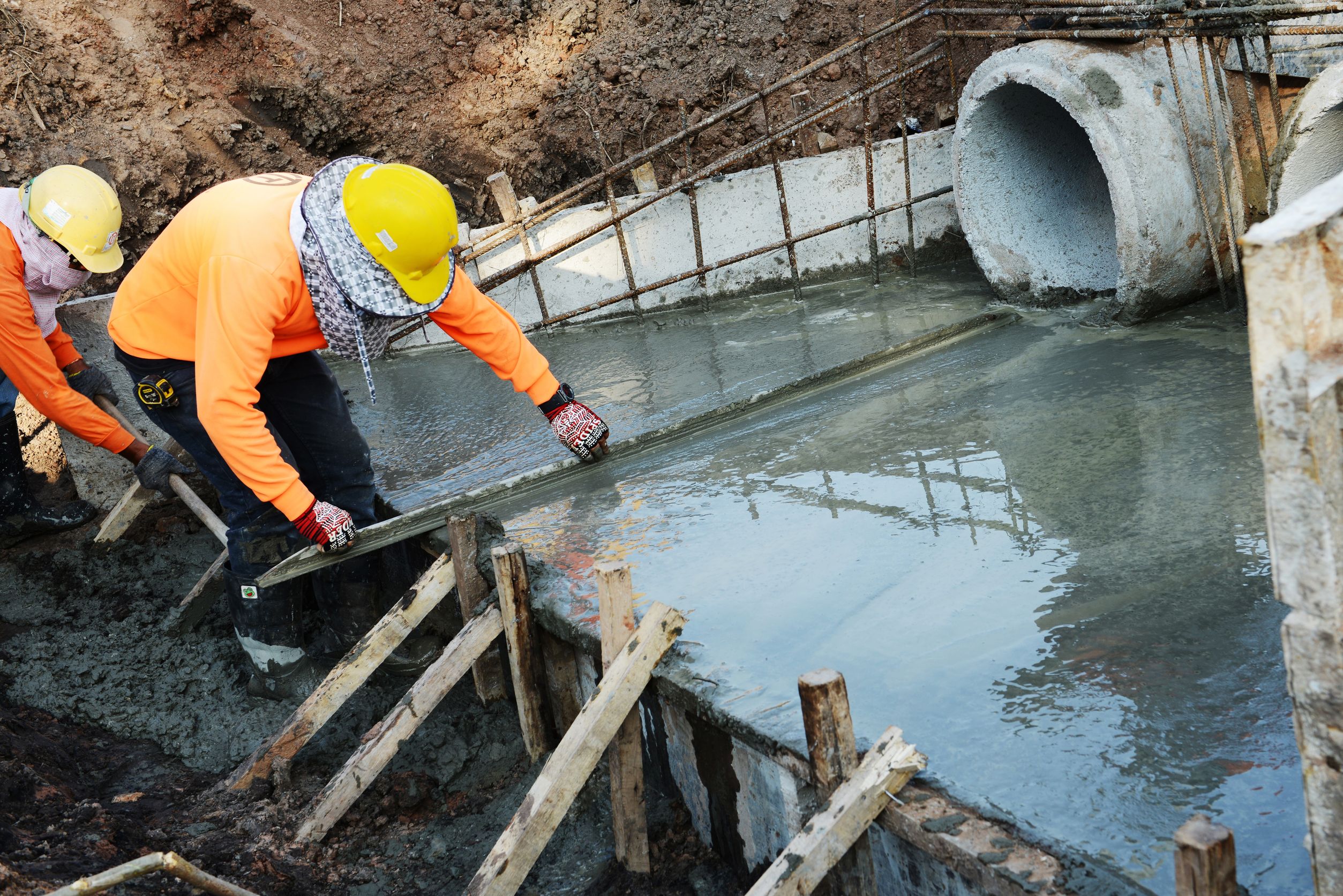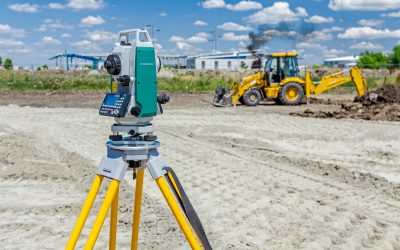There are many different types of applications that use weld studs over other types of fasteners. As these types of studs are welded onto one side of a workpiece, they have definite advantages over traditional types of nuts and bolts.
The biggest different in weld studs is the type of stud welding system they are designed for. CD or capacitative discharge, also called capacitor discharge, uses as a specialized type of stud that is different that the options used with drawn arc stud welding.
CD and Arc Weld Stud Differences
CD studs are smaller in diameter, typically less than 3/8″ and they have a small protrusion, which is called an ignition tip. This tip replaces the need for either flux or a ferrule, which is a ceramic ring that concentrates heat and molten material under the stud in arc stud welding.
This ignition tip or protrusion creates a welding tip control that is absolutely precise across all welds. The tip will vaporize with pressure and heat, allowing the arc to form. This same arc melts the workpiece surface and the bottom of the stud, creating a molten pool to accept the stud and create the solid, rugged weld.
With the drawn arc stud welding process the weld studs will use a ferrule. In addition to the addition of the ferrule, the process is also selected when the studs themselves are larger in diameter. This is most often the case with construction and large component fabrication. There are different types of welding studs for drawn arc welding including those with full bases, tapered, threaded, non-threaded and a range of other possibilities.
Other Factors
In addition to the specific stud welding process and equipment, other factors are important when choosing the right studs. The alloy, the workpiece metal, the length and the diameter will all need to be considered based on what is required for a specific application.


